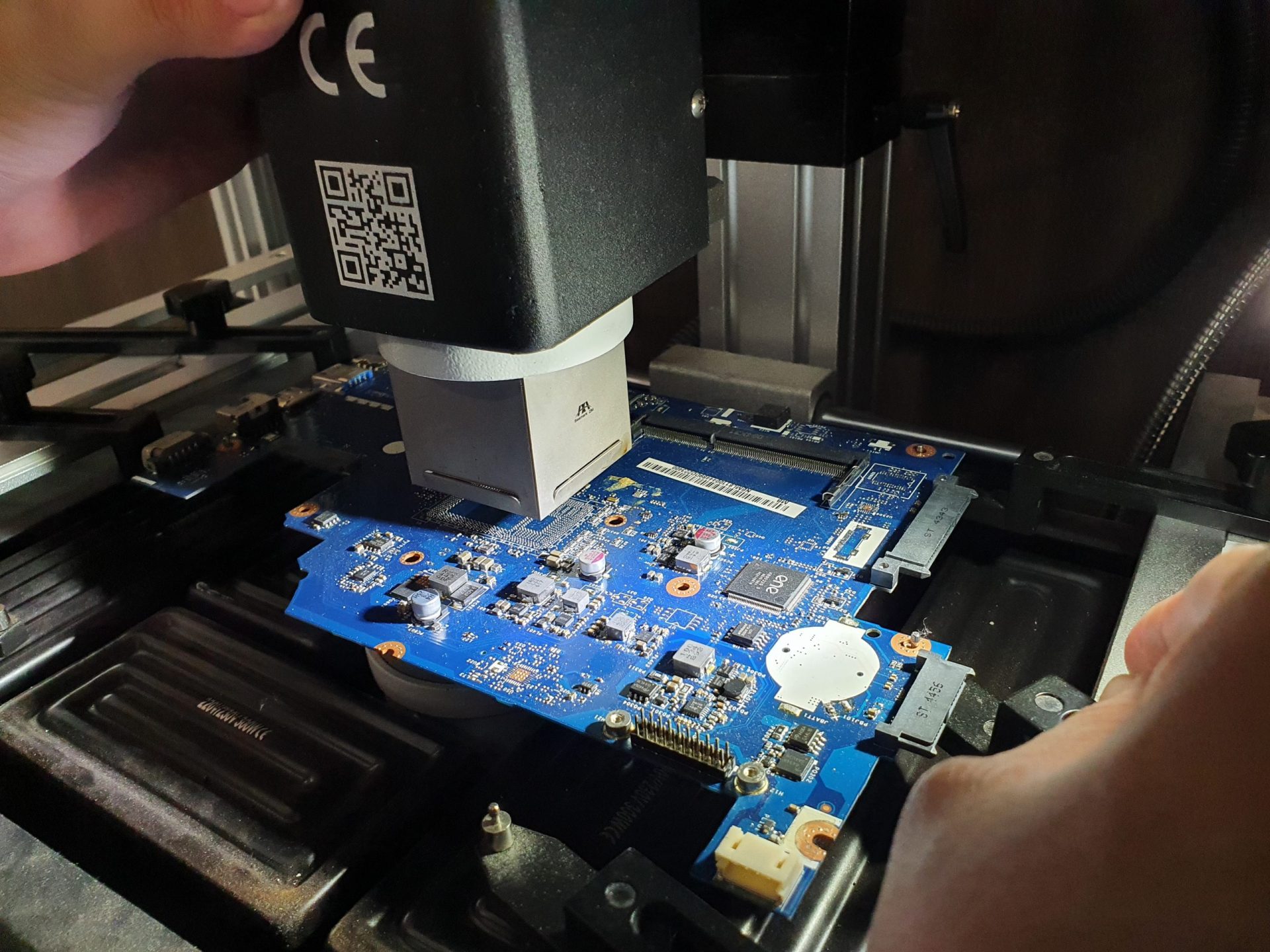
Understanding the Impact and Solutions for a Broken Computer Motherboard
The computer motherboard is the heart of your machine. It serves as the central hub, connecting all components and ensuring they work together seamlessly. But


Professional Motherboard Repair Equipment at VOLTA PC Upgrade & Repair
Pay particular attention to the areas around the CPU, power supply connectors, and memory slots, as these are common hotspots for problems.Additionally, check for dust accumulation and debris, which can cause overheating and impede proper airflow. Ensure that all cables are securely connected and that there are no loose parts. If you encounter any of the following issues, it may be a warning sign of a bad motherboard:
To start, reboot your PC and access the BIOS/UEFI setup by pressing the designated key shown during startup. This is often Del, F2, F10, or Esc. Once inside, navigate through the menus to review settings and ensure they align with your system’s requirements.Here are some common settings to examine:
Proper use of diagnostic tools not only helps in identifying problems but also in preventing potential damage during troubleshooting.Here’s a list of some common diagnostic tools and their uses:
Remember, consistent temperature monitoring can preemptively alert you to potential issues before they escalate into serious problems.It’s also beneficial to understand the heat flow within your system and ensure that cooling solutions, such as fans or heat sinks, are properly sized and functioning. This knowledge can be applied to predict the performance of components like a single-phase induction motor and to analyze various control methods used on induction motors.
Pay close attention to the sequence and length of beeps after powering on the system. This initial diagnostic can save time by directing you towards the specific problem area.Remember, not all motherboards have a speaker to produce beep codes. If your system doesn’t emit any beeps, ensure that a speaker is present and properly connected. If beeps are still absent, it could indicate a more severe issue with the motherboard or its components.
It is essential to follow the manufacturer’s instructions precisely during the update process to avoid any potential issues that could harm your motherboard.After the update, it’s advisable to perform a system reboot and re-enter the BIOS/UEFI to confirm the new firmware version. Additionally, ensure that all drivers are updated to maintain optimal performance and compatibility.
It’s important to test each slot with the same memory module to rule out the possibility of a defective RAM module causing false slot failure indications.Remember, RAM is volatile and holds data only when the power is on. When the power is off, RAM’s contents are lost. This characteristic is crucial when handling and testing RAM modules to avoid data loss.
It’s important to handle the motherboard and components with care to avoid static discharge or physical damage.If you encounter issues with expansion cards, consider cleaning the PCI slots with compressed air and reseating the cards. If problems persist, testing the cards in another system can help determine if the issue lies with the slot or the card itself.
It’s important to approach system logs with a methodical mindset, as they can contain a wealth of information that is not immediately apparent.Remember, some issues may not cause immediate failures but can lead to instability over time. Therefore, regular review of system logs is recommended to preempt potential problems. Utilize available system information tools to simplify the process of log analysis.
It’s crucial to regularly use diagnostic software to ensure that your motherboard and connected components are functioning optimally. This proactive approach can help prevent future system failures and maintain performance levels.

mainboard repair

The computer motherboard is the heart of your machine. It serves as the central hub, connecting all components and ensuring they work together seamlessly. But

Assessing your motherboard’s health and performance is crucial for maintaining the stability and efficiency of your computer system. By following these 10 essential steps, you

When building or upgrading a computer, ensuring that the CPU and motherboard are compatible is crucial for the system’s performance and stability. This compatibility is
|
*We are OPEN on 3 May 2025 (Polling Day). CLOSED ON 1 May 2025 (Labour Day) |